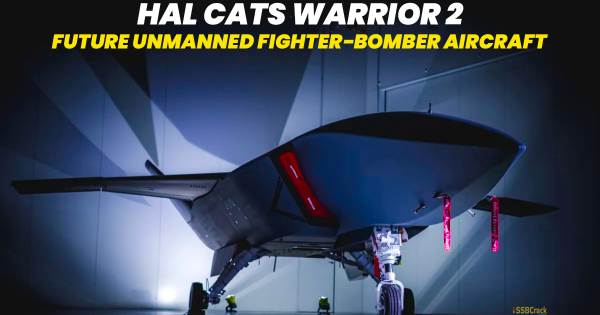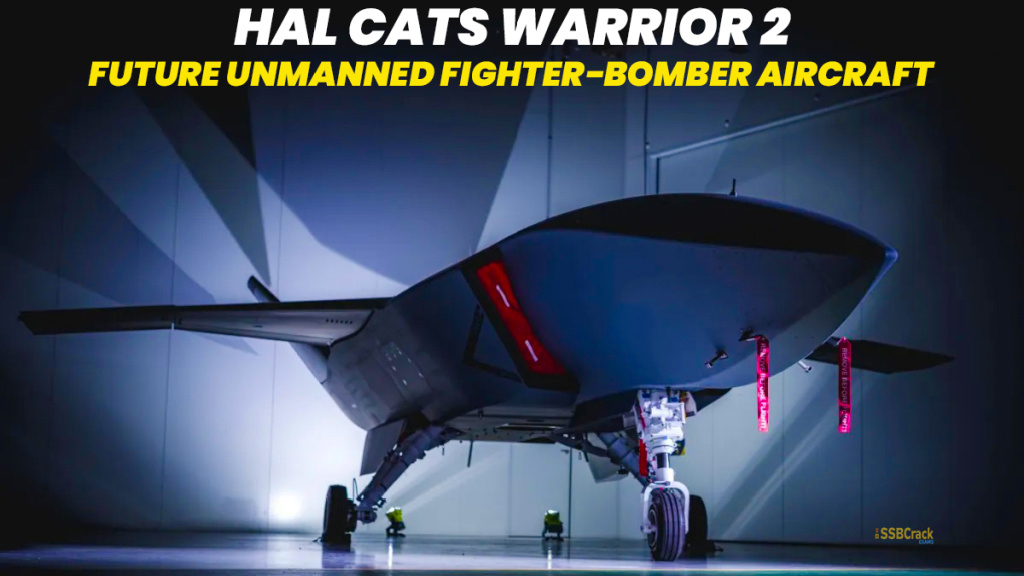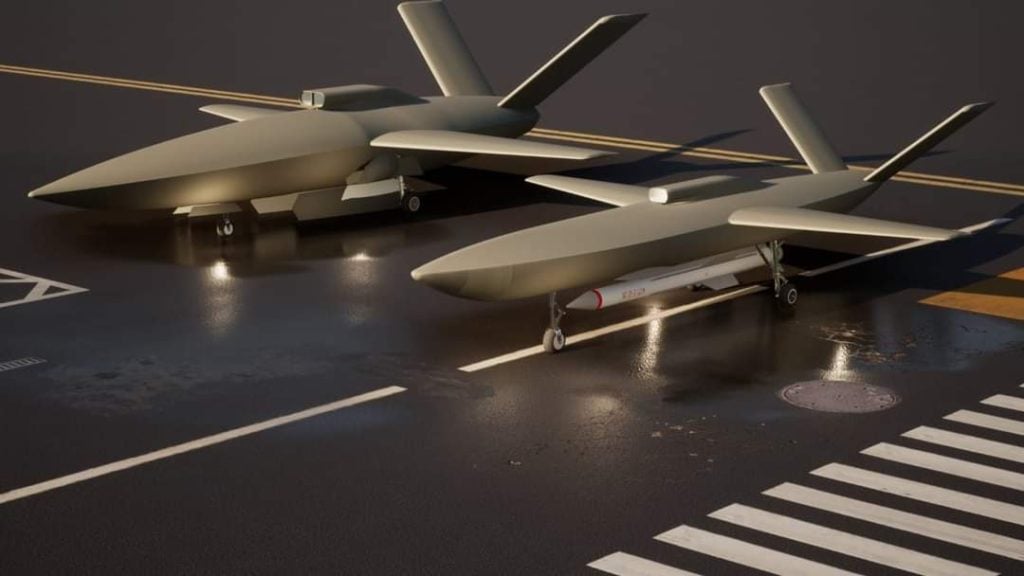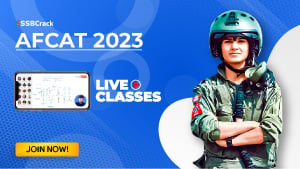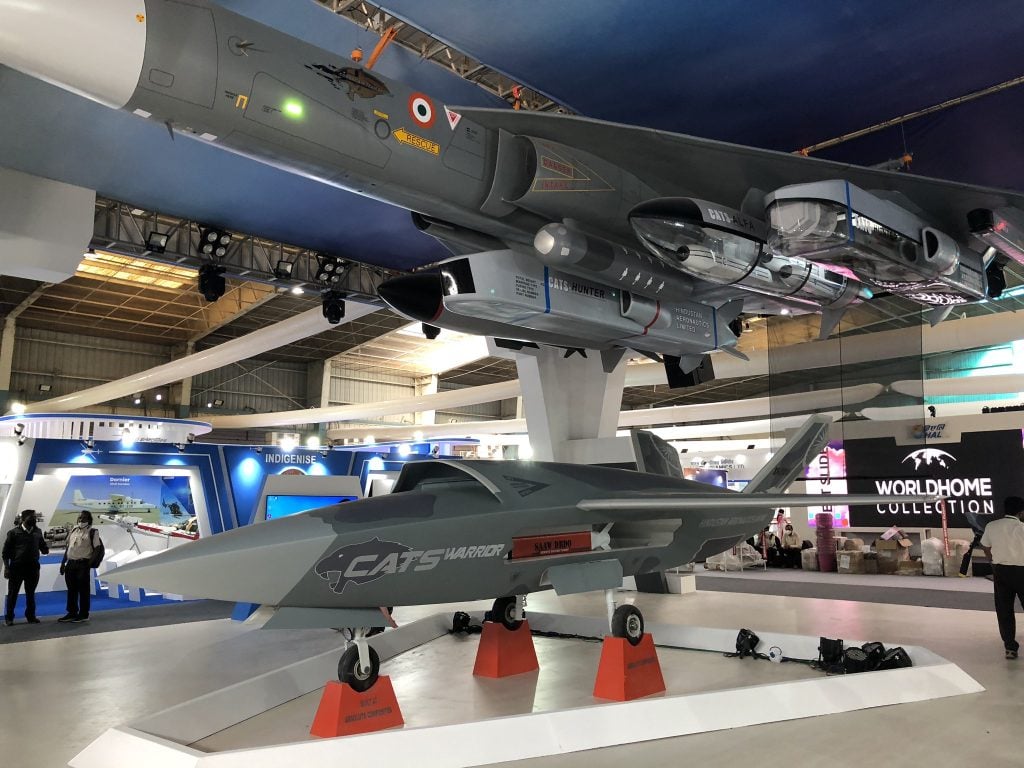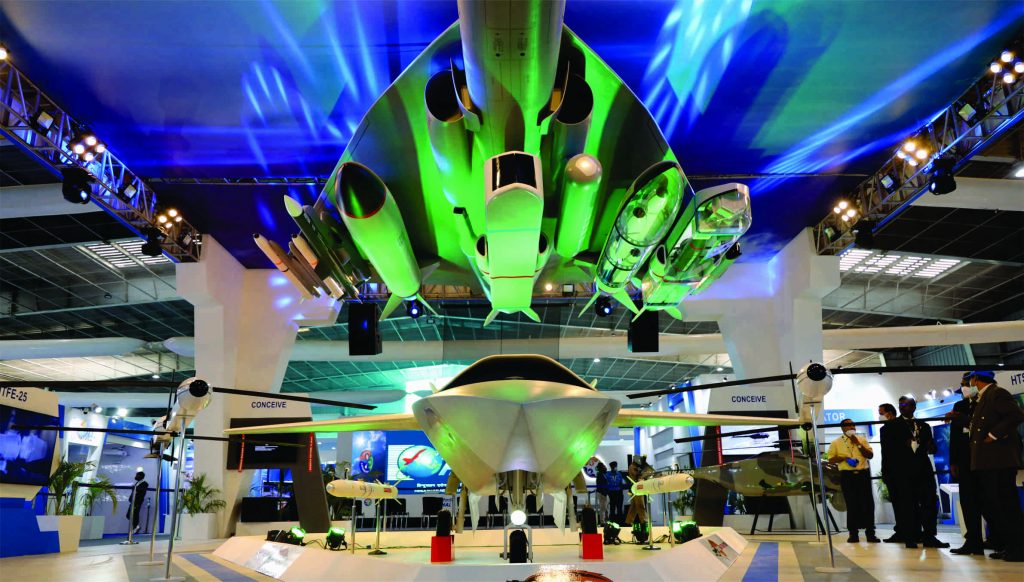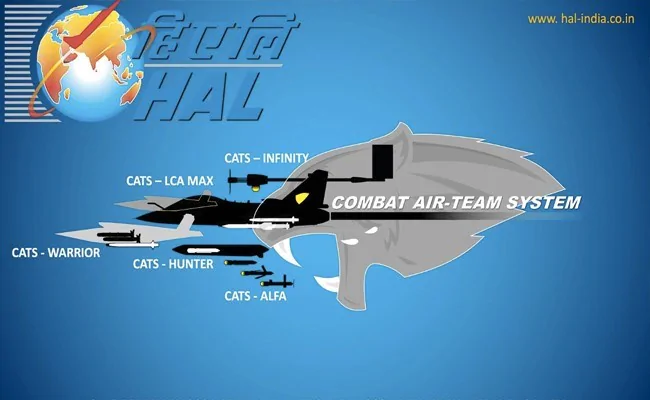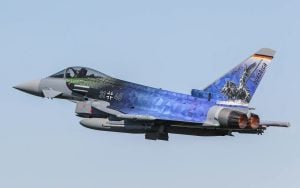The second autonomous unmanned aircraft in the CGI has not been revealed by the state-owned Hindustan Aeronautics Limited (HAL). Still, it has been announced that the CATS Warrior, an autonomous wingman drone with an All-Up Weight of 1600kg capable of auto take-off and landing, will make its first flight by the end of 2024 or early 2025.
CATS Warrior
The HAL Combat Air Teaming System program includes CATS Warrior. Its work is thought to have begun in early 2019 as part of a Public Private Partnership (PPP) between the state-owned HAL and an Indian private firm called Newspace R&D. HAL has made its initial investment of 400 crores in CATS Warriors, and a full-scale mock-up model was unveiled for the first time at Aero India 2021.
Specifications of CATS Warrior
CATS Warrior will be an autonomous wingman drone capable of taking off and landing on land and at sea from an aircraft carrier. It will work with the IAF’s existing fighter platforms such as Tejas, Su-30 MKI, and Jaguar, which will serve as its mothership. The Warrior is primarily intended for use by the Indian Air Force, although a smaller version will be designed for the Indian Navy. It would be controlled by the mothership and would perform missions like scouting, absorbing enemy fire, attacking targets if necessary with internal and external pylon weaponry, or sacrificing itself by crashing into the target.
Also read: How HAL Combat Air Teaming System (CATS) Is Going To Help Indian Air Force?
It will fly back for missions with a combat radius of 350 km, and it will sacrifice itself by crashing into the target for missions with a combat radius of 800 km. Because it is an unmanned asset, it can be targeted and sacrificed if it cannot be flown back to the territory. “Warrior will act as a sensor amplifier’ for the LCA, flying ahead of the manned aircraft and using its sensors to feed information back to the LCA,” said retired HAL test pilot Retd Group Captain H.V. Thakur.
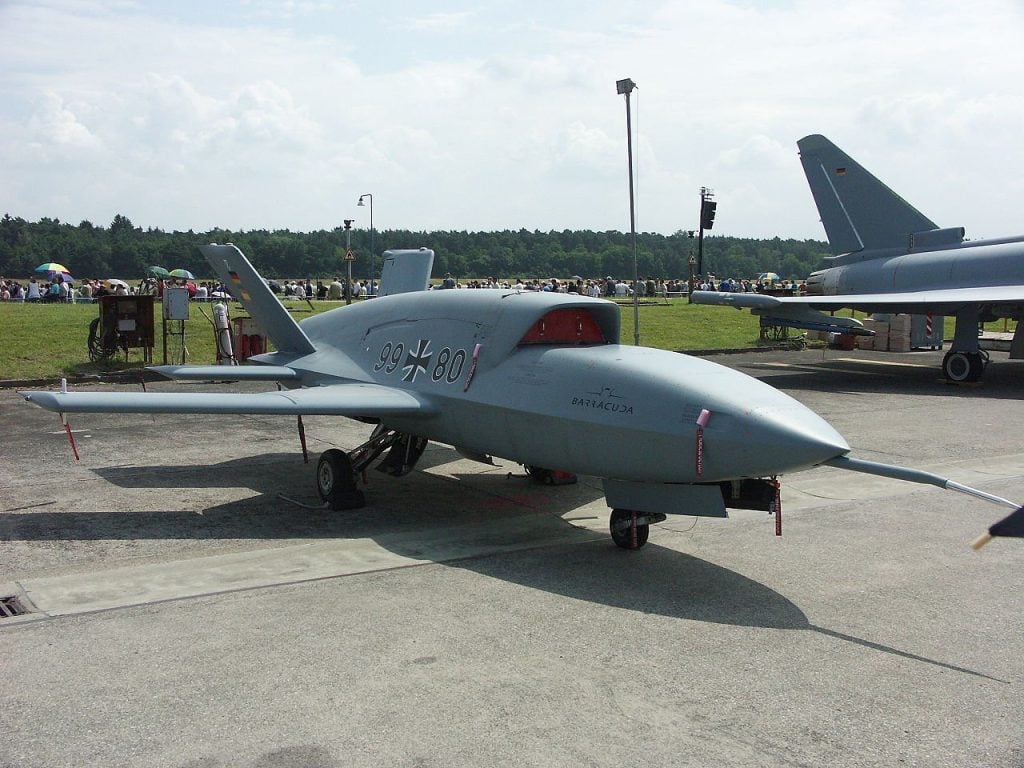
CATS Warrior 2
The program’s current design is from the concept stage, and it is still in the early phases of development. Future improvements are anticipated to include more modifications. The CATS Warrior’s advanced weapons, sensors, networking, and war management capabilities, hidden antennae, and composite structures will all be derived technology for the program. The larger autonomous unmanned aircraft seen in the CGI will be created as an Unmanned Fighter Bomber Aircraft with a maximum launch weight of 2.5 to 3 tonnes, a larger Internal Weapons Bay (IWB), and a higher-powered 25kN turbofan engine.
The PTAE-W turbojet engine in a twin-engine configuration will power the CATS Warrior, which will have a service ceiling of 30,000 feet and be able to carry a payload of 500 to 600 kg. The Warrior is designed for strike missions over hostile airspace and will be powered by a detuned 25kN turbofan engine with a payload-carrying capability of 1-1.2 tonnes and a service ceiling of over 40,000 feet.
To crack the SSB Interview and join the Indian Army as an Officer, You can join our SSB interview live classes batch and we recommend you to Enroll SSB INTERVIEW ONLINE COURSE. Trusted by thousands of defence aspirants.
ALSO READ:
- All Fighter Aircraft Of India – How To Identify Them
- All Fighter Jet Acquisitions By The IAF
- Twin Engine Deck-Based Fighters (TEDBF)
- Should India Buy Su-75 ‘Checkmate’ And What Is The Alternative?
- All About India’s 5th Generation Fighter Jet ‘AMCA’
- All You Need To Know About Indian Navy MRCBF (Multi-Role Carrier-Borne Fighter)
- What Is DRDO Ghatak (Swift) Drone?
- Everything You Need To Know About LCA Tejas
- All About India’s 5th Generation Fighter Jet ‘AMCA’
